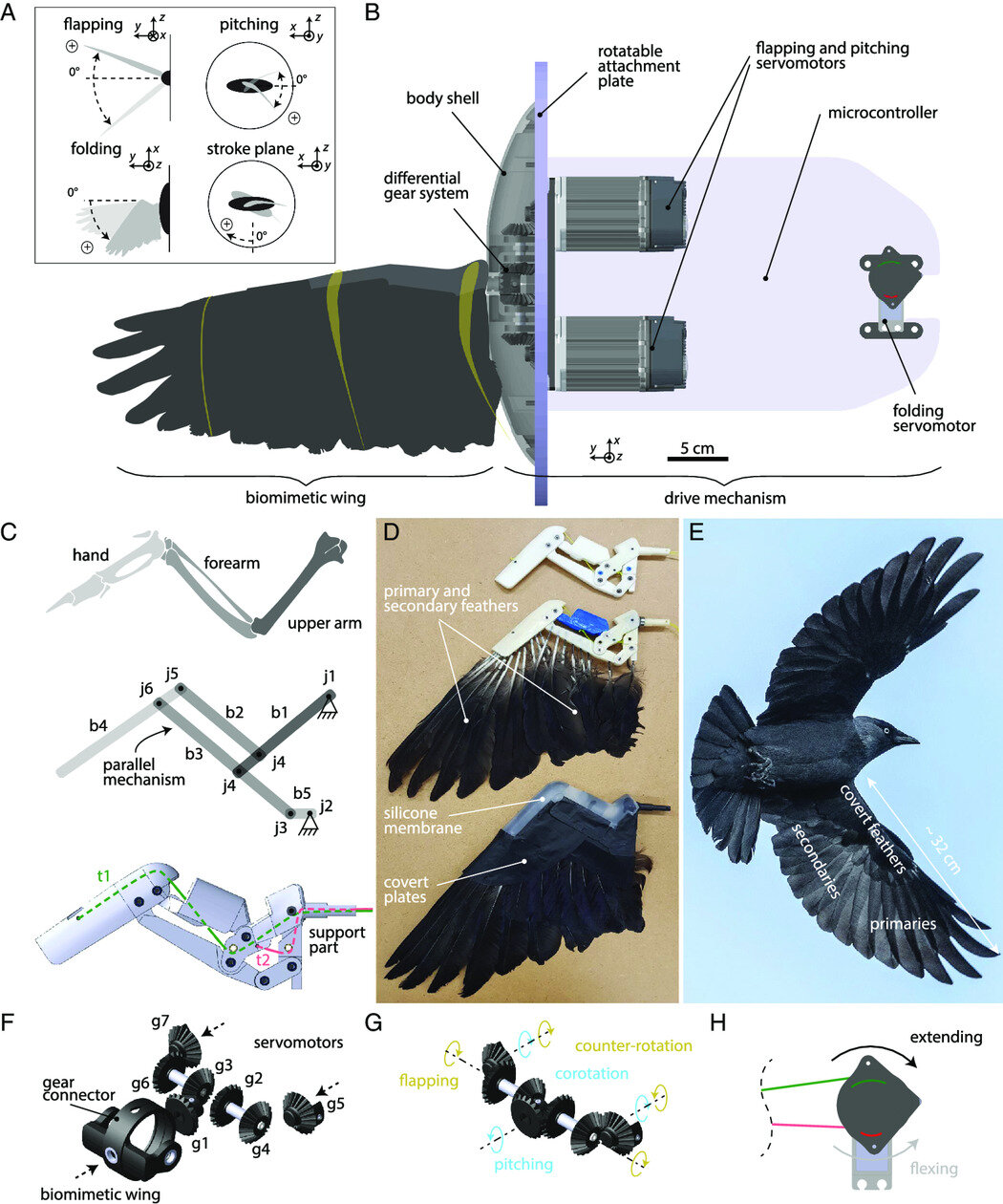Recent research led by Lund University unveils a breakthrough in drone propulsion, drawing inspiration from the efficient flight mechanics of birds. The study sheds light on how wing folding during the upstroke significantly enhances aerodynamic efficiency, potentially revolutionizing the performance of flapping drones.
Birds, known for their unparalleled flight capabilities, have long been a source of fascination for researchers exploring the dynamics of aerial locomotion. The study reveals that even extinct bird-like dinosaurs exhibited wing-folding behavior, underscoring its pivotal role in the evolution of active flight. By emulating this mechanism, drones could achieve greater propulsive efficiency and versatility in flight maneuvers.
The research team, comprising experts from Sweden and Switzerland, has developed a robotic wing capable of replicating avian flapping patterns while introducing novel movements beyond the scope of natural flight. Christoffer Johansson, a biology researcher at Lund University, highlights the significance of this advancement in aerodynamic studies.
"Our robotic wing mimics avian flight patterns while exploring unconventional flapping techniques. Through meticulous wind tunnel experiments, we decipher how different upstroke strategies impact flight force and energy dynamics," explains Johansson.
Insights from the study elucidate why birds adopt specific flapping patterns, elucidating the trade-offs between force generation and energy expenditure. This knowledge holds implications not only for drone design but also for understanding bird migration patterns amidst climate change and resource availability shifts.
Johansson underscores the potential applications of flapping drones, particularly in delivery services. "Efficient flapping mechanisms are crucial for drones to handle increased payloads. Our research offers valuable insights into optimizing wing movements for enhanced performance in delivery missions," he states.
As the aerospace industry continues to explore innovative propulsion methods, Lund University's research stands at the forefront, bridging the gap between avian biomechanics and drone technology. The integration of wing folding principles promises to propel the evolution of flapping drones, unlocking new horizons in aerial mobility and logistics.


















